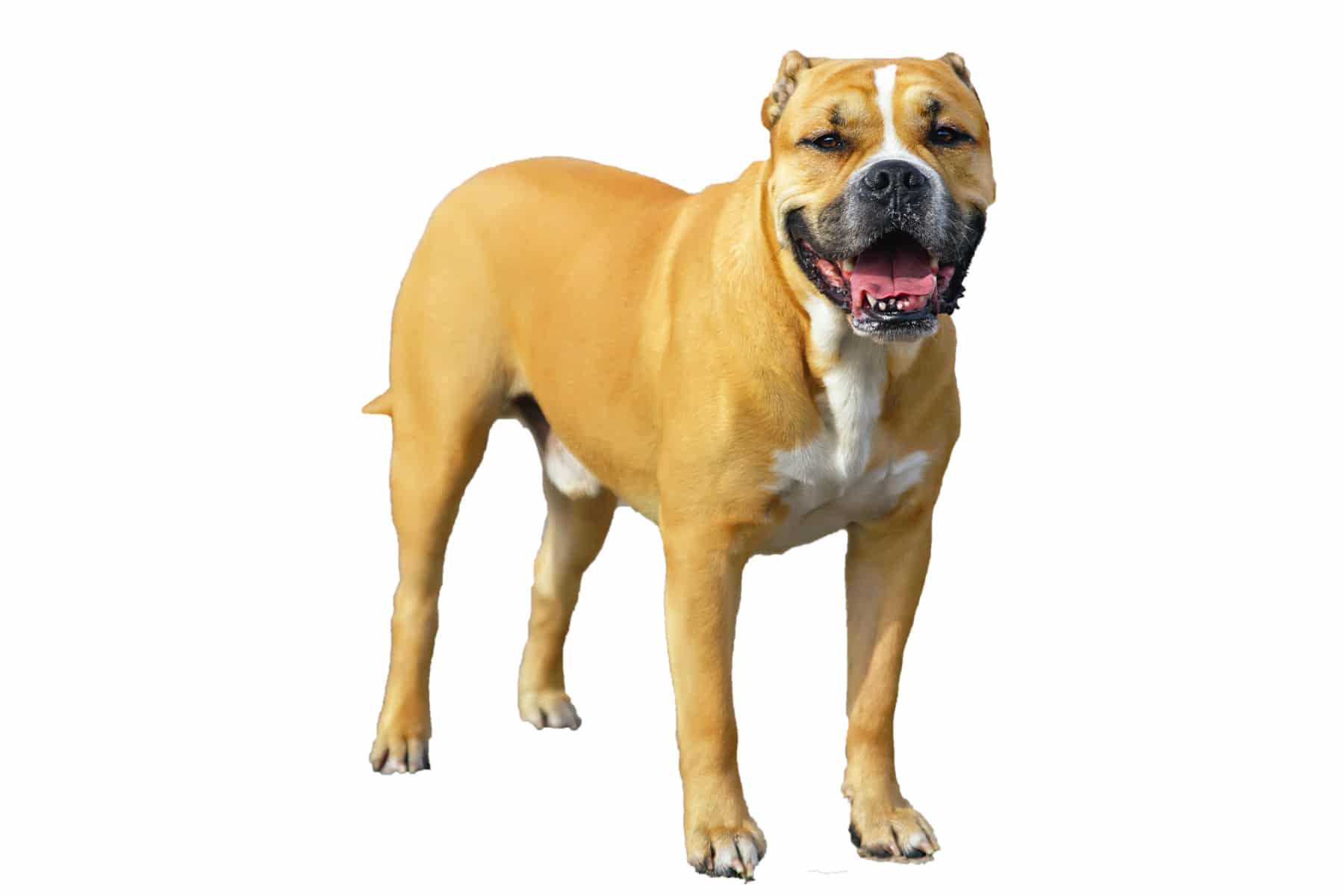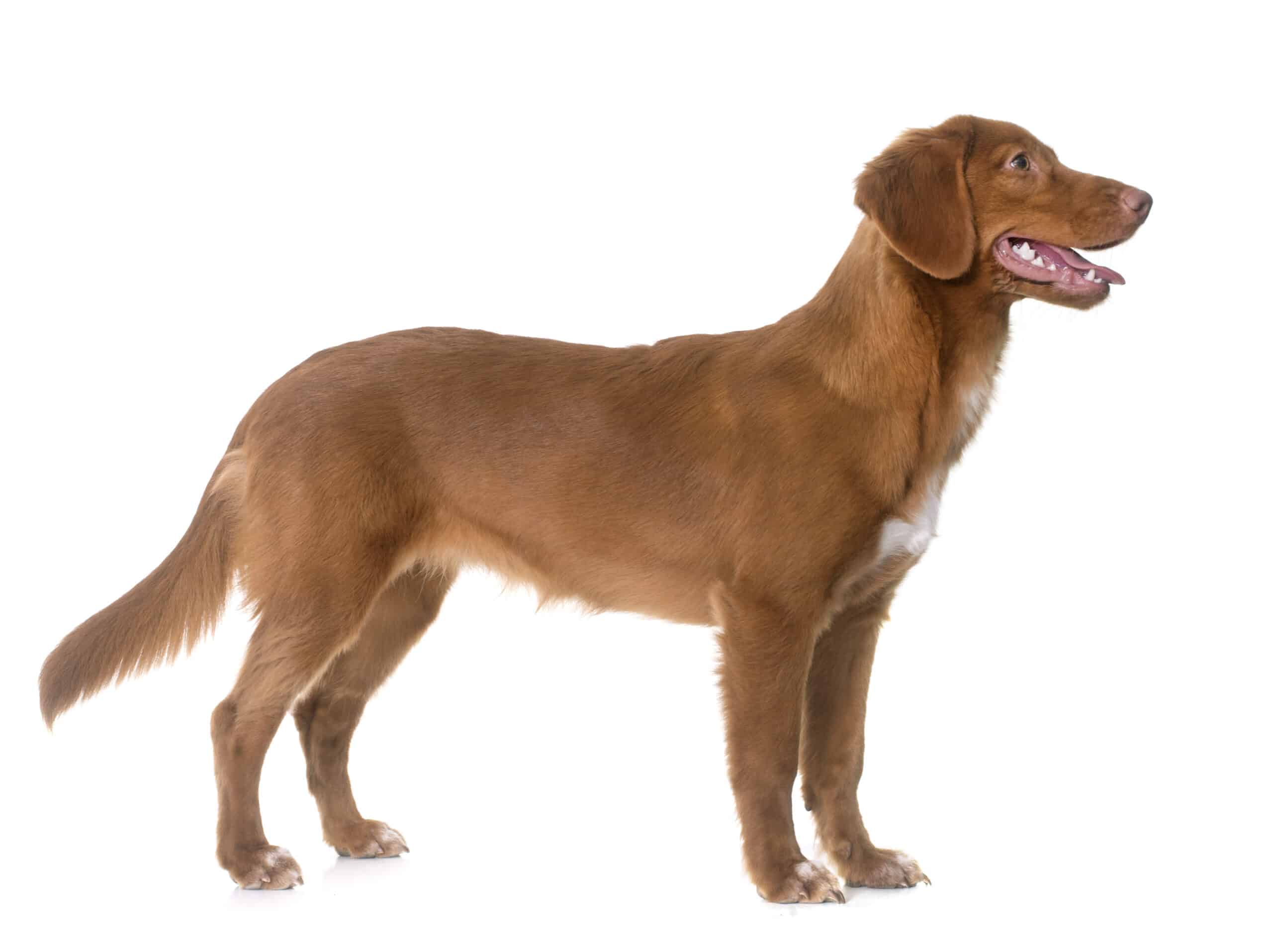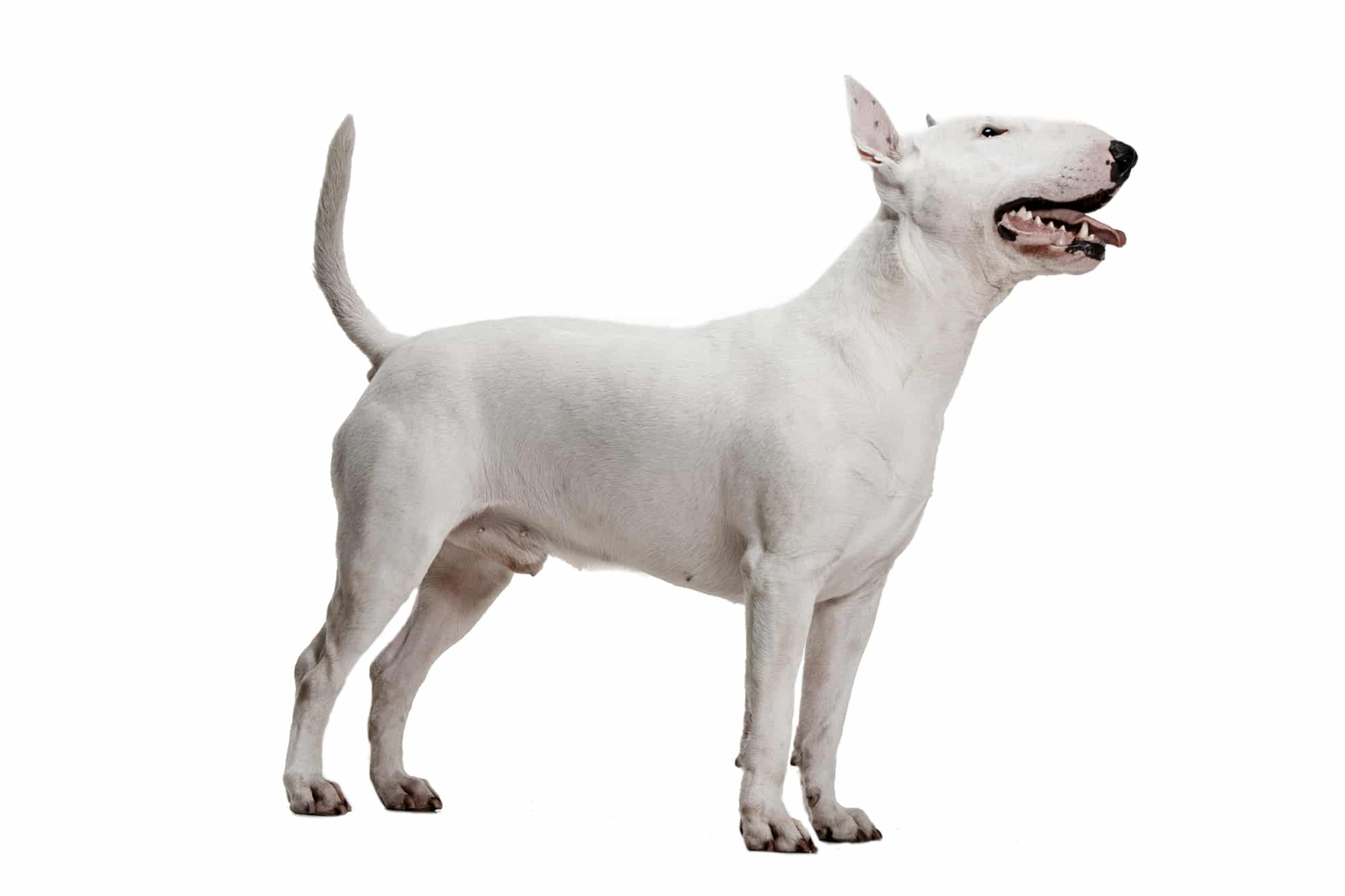Wäller



Temperament:
The Wäller is a relatively young dog breed that originated in Germany. The dog is a friendly, sporty family companion that is easy to handle. The Wäller has not yet been recognized by the major associations. The breeding of the Wäller is controlled by the 1st German Wäller Association.
Characteristics
The Wäller is a medium-sized dog. It is the result of a cross between the Briard and the Australian Shepherd. The males are around 55-65 cm tall, the females are slightly smaller at 50-60 cm. The agile dogs usually weigh between 26 and 30 kg.
The appearance of this young breed is still very different. Most specimens have a long, smooth coat. However, there are also many specimens with medium-length or shaggy fur. Some have a slight moustache. Due to the different ancestors, two types have developed, which are distinguished by their moustache.
Like the coat length, the coat color is also very variable. They come in almost all colors and with different markings. In Wäller breeding, the character of the dog is the main focus. Therefore, appearance is of secondary importance in breeding.
The Wäller is a dog with a balanced, harmonious build. It is agile, robust and eager to move. Due to its herding dog ancestry, the Wäller is usually very people-oriented and has a high will to obey. Your Wäller will enjoy working with you if he is treated lovingly and fairly. It is not easily disturbed and is therefore ideal as a companion dog.
He is an intelligent dog who enjoys completing tasks. Most specimens are easy to motivate and enjoy working physically and mentally. They need regular activity to keep them busy and happy. With plenty of exercise and mental exercises, your Wäller will become a balanced and affectionate companion.
This relatively new breed of dog can be used for a variety of tasks. It is suitable for tasks where it can show off its alert nature. This includes work as a rescue dog, for example, but also in therapy. In addition, the Wäller is a good sports companion for hiking, cycling and riding. It is an alert dog with a slight watchful instinct. He is suspicious of strangers and rather reserved at first.
Another field of activity for the Wäller is dog sports. The breed is ideal for sports such as agility or flyball, where the dog scores points for its agility and alertness. The Wäller is therefore a good partner for dog sports. In contrast to many working breeds, the people-oriented Wäller is balanced and calm. Of course, a Wäller should also master at least the basic commands.
iter. This dog breed is very suitable for active families who enjoy being outdoors.
Coat care:
Shedding:
Energy level:
Trainability:
Children suitable:
The right food
When choosing food, make sure that it contains high-quality ingredients, is balanced and meets your dog's requirements. Age, size or weight, activity and health status play an important role. You should follow the manufacturer's recommendations for the amount of food.
Treats should only be fed in moderation and deducted from the basic diet to avoid obesity.
Puppies can be fed 4-6 times a day. The number of meals should be gradually reduced to 2 per day until the dog is fully grown. A rest period should be observed after meals.
Fresh drinking water should be available at all times.
Health & Care
The Wäller needs attention and physical exercise to be happy. It is an excellent companion dog if it is challenged according to its abilities. As he is very active, a daily walk is a must.
Overall, the Wäller is an easy-care dog, although this depends on the condition of the coat. Specimens with longer coats should be combed regularly to avoid matting. There is no general answer to the question of which parts of the body require special grooming. The denser individual body parts, such as the tail, are covered with hair, the more frequently they should be combed. This removes loose hair and prevents it from becoming tangled. Regular combing also minimizes hair loss during the shedding period.
Eyes and ears should be cleaned regularly with a clean, damp cloth. If the claws do not wear off by themselves, they must be trimmed. To prevent tartar, the teeth should be brushed regularly with a dog toothbrush and dog toothpaste.
After every walk, the body should be checked for parasites such as ticks. The paw pads should also be checked for foreign bodies and removed if necessary.
Suitable accessories
Like any other dog, your Wäller needs basic equipment for everyday life. A well-fitting collar or harness is important for the daily walk. In the early days, you can practise walking on a lead with a harness. A collar is sufficient for adult dogs. A 2 meter long, adjustable lead is suitable for daily walks. You can also purchase a tow lead. This allows you to practise basic commands. Trailing leads are not yet suitable for untrained dogs, as they will constantly pull on the lead. Only when your dog is able to listen reliably should you consider buying such a lead.
The Wäller is generally playful and enjoys species-appropriate activities. They like to accept different toys so that you can try out lots of different things. These docile dogs also like intelligence games. Such games are available in various designs in specialist shops. Curious dogs love to find out how they work together with their owner.
If you have a garden, you can set up some agility stations. Small hurdles and a slalom course are easy to improvise. You don't need many accessories to build an exciting playground for your dog.
Your Wäller also needs tick tweezers, claw clippers, mild dog shampoo, brush and comb or rubber curry comb, toothbrush and toothpaste for dogs, a transport box for transportation in the car and a first aid kit. It's best to ask your vet what should be in the first aid kit.

Origin & History
The Wäller is a new breed that originated in the Westerwald. The dog's name also refers to this geographical origin. The first specimens, which were the result of a cross between the French Briard and the American Australian Shepherd, were born in 1994. Since then, the German Wäller Association has been founded. It controls the breeding. All breeders are members of the association.
The breeding goal is an easy-going and robust companion dog. Briards and Australian Shepards are repeatedly crossed into the Wäller breed. This is intended to constantly expand the gene pool. It also prevents related animals from mating with each other.
The German Wäller Club has set its own standards for breeding approval. These include, for example, a temperament test. In addition, hereditary diseases such as HD are ruled out by a medical examination. All Wäller breeders are hobby breeders who only breed a few litters.





